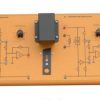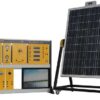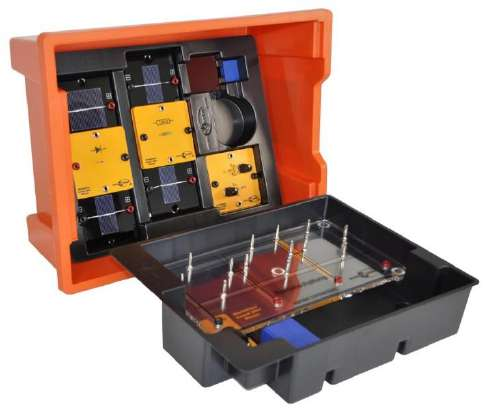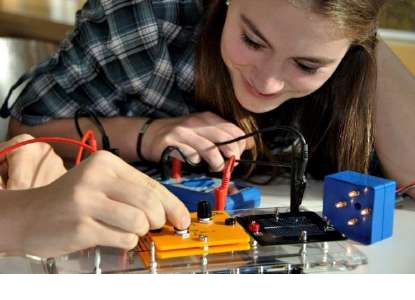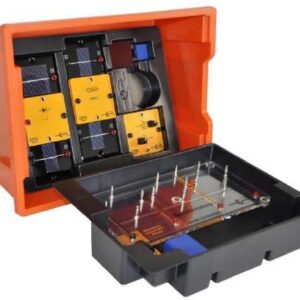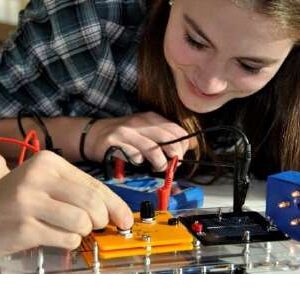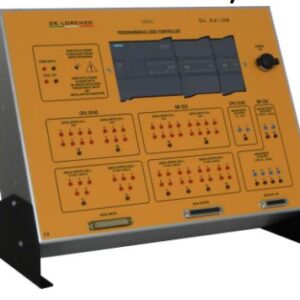EXPERIMENTS
Series and parallel connection of solar cells
Dependence of the power of the solar cell on its area
Dependence of the solar cell power on the angle of incident of the
light
Dependence of the solar cell power on the illumination intensity
Dependence of the on-load power on the illumination intensity
Efficiency of an energy conversion
Dependence of the internal resistance on the illumination intensity
Diodes character of the solar cell: I-V-characteristics under dark
conditions, reverse and forward biasing in the dark and under
illumination
I-V-characteristics, MPP and filling factor of the solar cell
Dependence of the I-V-characteristics on the illumination intensity
and of the solar cell on the temperature
Dependence of the power of the solar cell on the temperature
Shading of series-connected and parallel-connected solar cells
Dependence of the solar cell power on the frequency of the incident
light
Working with the plugging module
Comparing series and parallel connected solar cells with the buzzer
module and light bulbe
Comparing series and parallel connected lamps
Direct comparison of series and parallel connection of the light bulbs
Direction of rotation and speed of the motor
Differences in brightness
Tilting of the solar cell
Diffuse,direct e albedo radiation
Basic structure: rotating disks
Color qualities
Mixing colors
Color-deception with the Benham-disk
Relief-disk
Centrifugal force
COMPONENTS
• 3x Solar panel 0.5 V, 420 mA
• 1x Solar panel 0,5 V, 840 mA
• 1x Solar panel 1,5 V, 280 mA
• 1x Base unit
• 1x Lighting module
• 1x Diode module
• 1x Resistor module
• 1x Potentiometer module
• 1x Gear motor module
• 1x Buzzer module
• 1x Motor module without gear
• 1x Colour filter
• 1x Capacitor module
• 1x Solar cell cover set (4 pieces)
• 1x CD with manuals
• 1x Lid for tray
• 1x AV-module
• 1x Power module
• 1x Power supply
• 2x Test lead – black 25 cm
• 2x Test lead – red 25 cm
• 1x Thermometer





